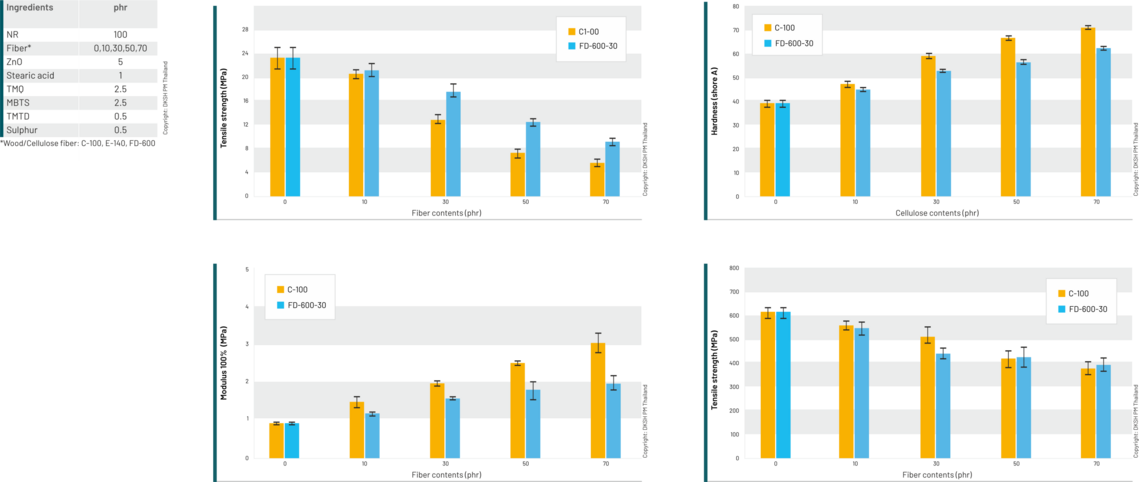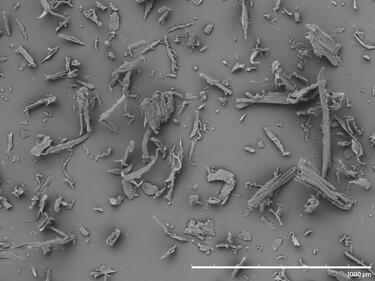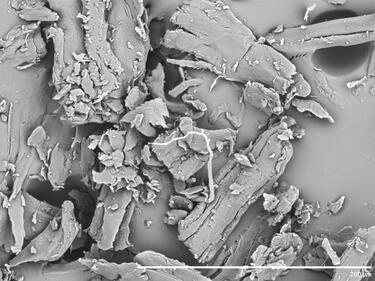Wood Particles and Cellulose Fibers
The Status of Wood in Thermoplastics, Thermosets and Elastomers
A General Perspective
In the coming years, industries in Europe and around the globe will scramble to reduce their carbon footprint for their products and services. Sometimes, this is an image issue fueled by trends like plastic usage reduction. But not the least it is also a regulatory requirement, as the European Union has passed the Corporate Sustainability Reporting Directive (CSRD) in 2022. For companies in the EU or active in the EU with a total balance sheet > 20 Mio €, a net turnover > 40 Mio € and more than 250 employees, this means to comply to CSRD requirements earliest beginning 2024, latest 1st of January 2028. The date for this compliance depends on the size and set up of the respective entity.
In the light of this situation, wood plastic composites (WPC) represent a solid way to increase bio-based materials usage and reduce product related carbon footprint as elaborated in Plant-based fibers in plastics. Additionally, it paves the path for upcycling of low-value wood side streams like saw dust.
The Benefits in Plastics and Elastomers – Data on Rubber Formulas
In previous articles, we have framed the benefits of wood particles in thermoplastics and thermosets. In short, fine wood powder is offering lightweight filling, pleasant appearance and haptic, as well as fine-tuning of mechanical properties and dimension stability.
Broadening the view from thermosets and thermoplastics to elastomers & rubber, the use of wood particles and cellulose fibers gives rise to additional benefits.
Firstly, the proportion of naturally sourced rubber material is below 50% globally, with integrating upcycled wood and cellulose products into rubber formulations, small steps are made in the direction of bio-based materials.
Secondly, wood and cellulose can modulate distinct mechanical properties in rubber formulations. Our partner DKSH Thailand conducted some trials together with the Prince of Songkla University, using JRS wood particles and cellulose fibers.
The following data shows the basic trends of wood particles and cellulose fibers impact:

The trial formulations are based on natural rubber with an increasing amount of wood/cellulose filler from 0 to 70 phr together with basic additives for vulcanization and dispersion. It is clear, that the addition of fine, polar particles such as wood and cellulose makes the rubber less flexible, but harder and stiffer. Looking at the particles structure and material in more detail, some differences become obvious:



C-100 and E-140 are fine wood powders with ~ 100 µm and ~ 80 µm in average particle sizes. FD-600-30 is a recycled cellulose grade with ~45 µm in average particles. The graphs show, that the fine cellulose offers a better trade-off between harder rubber and loss of flexibility and tensile strength. This might be caused by the content of comparably hydrophobic lignin in wood particles, causing a better interaction between them and the rubber matrix, hence lowering the particles’ mobility. Another idea is that particle size dominates here, meaning that the significantly smaller FD-600-30 is more mobile while still adding the cellulose hardness to the rubber substance.
Of course, this data needs to be examined carefully, as the degree of rubber matrix interaction with polar plant-based fillers is also subject to coupling agents, dispersion and subsequent processing steps.
In the favorable case you have some ideas to discuss, please do not hesitate to contact us.









